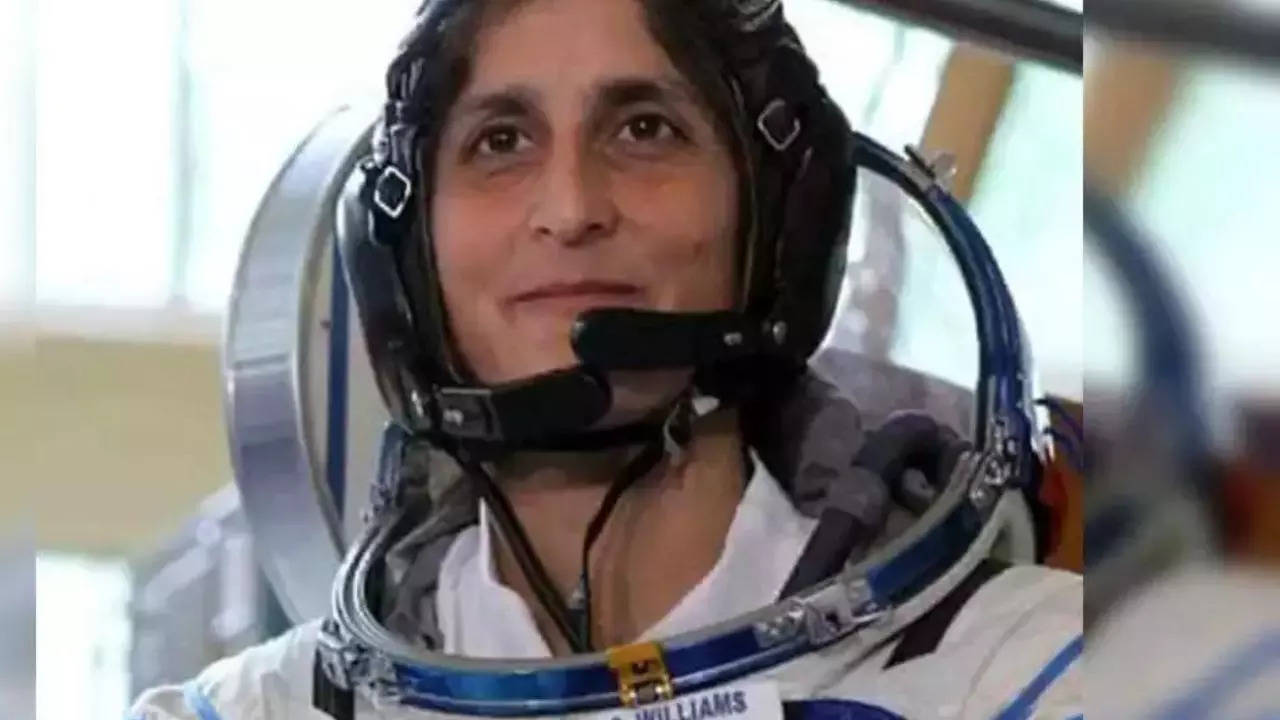[ad_1]
Sunita Williams: The problem of microgravity and bone density loss
The absence of gravity results in a speedy lower in each muscle mass and bone density, resembling circumstances like osteoporosis. For astronauts like Sunita Williams, this phenomenon is a significant concern. Regardless of adhering to rigorous train regimes designed to counteract these results, bone loss stays an inevitable consequence of extended house missions. In microgravity, bones now not bear weight, inflicting them to lose density as they don’t seem to be subjected to the identical stresses they expertise on Earth. This results in the thinning of bone tissue, which might improve the danger of fractures. Williams’ prolonged keep in house has exacerbated these points, together with her bone density probably reducing at a price sooner than on Earth.
Technical points
The delay stems from a helium leak detected within the spacecraft’s service module. The Starliner, which docked on the ISS on June 6, was initially scheduled for a return in mid-June. Nevertheless, the malfunction necessitated an prolonged mission. This technical hiccup not solely impacts the astronauts’ schedules but additionally highlights the complexities and unexpected challenges of house journey.
Well being results of microgravity
Microgravity presents a number of well being challenges for astronauts, exacerbated by prolonged stays in house. One of the crucial vital points is fluid redistribution, which leads to facial puffiness and decreased fluid quantity within the legs. These adjustments can disrupt cardiovascular operate and complicate blood stress regulation upon returning to Earth.
Mitigation methods and analysis
NASA has carried out numerous methods to deal with bone loss, together with specialised train regimens and dietary interventions. Astronauts carry out resistance and cardio workout routines to assist preserve bone density. Moreover, analysis is ongoing to develop more practical countermeasures, akin to pharmacological therapies and superior train protocols.
Urinary system impression
Microgravity additionally impacts the urinary system. Fluid shifts and altered metabolism improve the danger of kidney stones resulting from elevated calcium ranges in urine. Hormonal adjustments and shifts in intestine microbiota additional complicate nutrient absorption and general well being, necessitating ongoing medical monitoring and preventive measures.
Sensory and stability changes
Astronauts in microgravity expertise adjustments in spatial orientation, stability, and coordination. House Movement Illness (SMS) is widespread initially however normally resolves as astronauts adapt. Changes to those adjustments are essential for sustaining every day operate and operational effectivity in house.
Visible impairments
Extended missions can result in visible impairments, together with hyperopic shift and optic disc edema. These circumstances are linked to adjustments in intracranial stress and fluid distribution within the mind and eyes. Ongoing analysis goals to grasp these mechanisms higher and develop options to mitigate their impression.
Radiation publicity dangers
House missions expose astronauts to increased radiation ranges than on Earth, growing the danger of DNA harm and most cancers.
Additionally Learn | NASA to launch 4 astronauts: Efforts continue to return Sunita Williams
[ad_2]
Source link
This Submit might include copywrite



